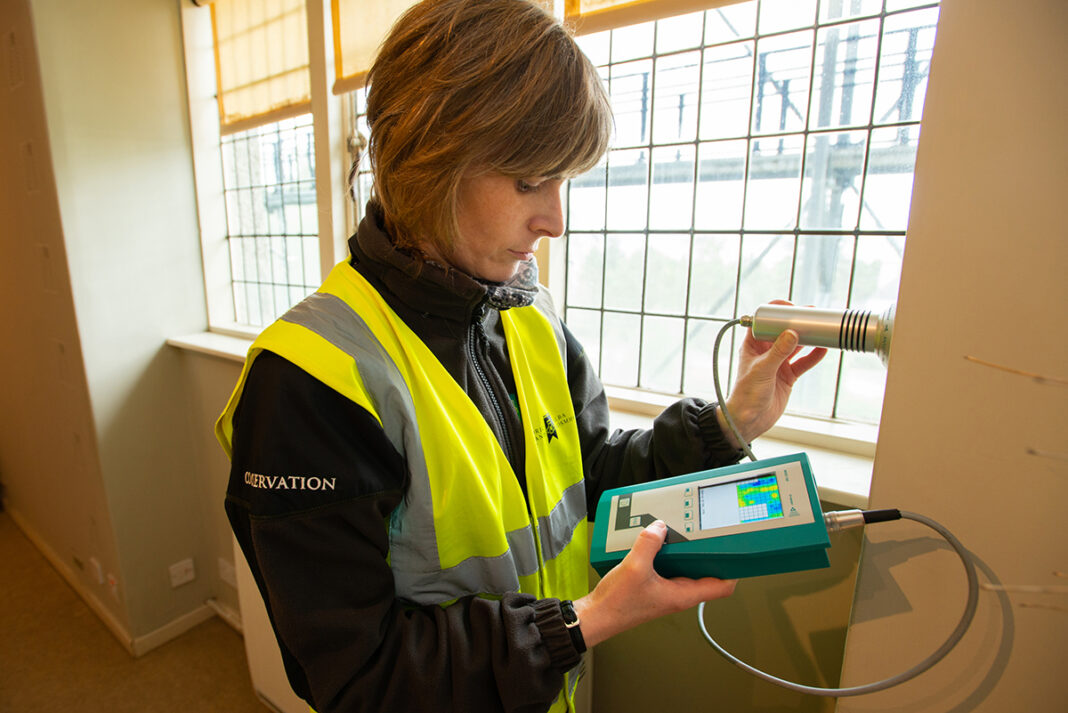
HISTORIC Environment Scotland (HES) has published new guidance on the different methods of measuring moisture in historic buildings which could help protect them from the impacts of climate change.
With climate change causing increasing levels of rainfall and historic buildings particularly susceptible to the accelerated decay this can cause, HES said the aim of the guidance is to help target maintenance, conservation and adaptation work, contributing to the reuse, repair and retrofit of existing buildings.
Some of the techniques outlined, such as the use of microwave moisture monitors, have been applied in conservation efforts involving HES at Hill House in Helensburgh.
The guide is part of an approach between HES and the UCL Institute for Sustainable Heritage to work together to expand research into heritage science, technology and data science applications for the historic environment. The MoU will also see the two organisations collaborate on training and skills development.
David Mitchell, director of Conservation at HES, said, “I’m very pleased to welcome this newly published research in collaboration with the Institute for Sustainable Heritage at UCL, which will provide a valuable resource for those involved in the management and care of historic buildings. At HES, we know that to care for our past we must look to the future, and we will continue to work closely with our partners at the UCL Institute for Sustainable Heritage to champion the role of cutting-edge technology, science and digital innovation in protecting and promoting our heritage.”
To view Technical Paper 35: Moisture Measurement in the Historic Environment, visit the HES website.











